Extract from the book: Density. Condesed Edition. New Collective Housing
April 12, 2020

Currently, the basic premises of collective dwellings are also being reformulated and they are becoming more flexible and indifferent. Their situation within the urban environment is less important due to the fragmentation and dissolution of contemporary cities. The offer is enhanced by a multiplicity of opportunities. Examples and solutions have merged together and functional separations fade away in the mist of postmodernity. There is no clear separation between different areas. The dispersed city is no longer what it was, nor does the compact city present that level of concentration that might distinguish it from the suburban developments built all around it. Today, the level of fragmentation of the urban unit is clear and the differentiation between city, suburbs and the countryside is not as clear as it was before. In the future, uncertain times are coming which will surely take into account current issues such as globality and fragmentation, as well as their consequences, the concentration of power and the break-up of urban space.
- The neutral house: container-drawer, with a character and identity that do not impose themselves on their surroundings.
- The flexible house: can be adapted and modified to any subsequent use, even other than that of a dwelling.
- The diverse house: capable of embracing any a kind of cohabitation unit of different size and composition: with a wide range of choices.
- The eco-house: occupies a minimum amount of land, where nature participates in the building; includes waste recycling systems and the use of clean energies.
- The office-house: marketed in m3 instead of m2, with high ceilings and modular spaces; provides rapid access to information networks and allows occupants to work at home.
- The hotel-house: with commercial and leisure services that operate twenty-four hours a day.
- The car-free house: located in a dense environment with all services close at hand and easy access to public transport networks; favours alternative transport means such as the bicycle.
- The piazza-house: with collective meeting points that make it easier for residents to get together in open spaces within the building.
- The assisted-living house: allows temporarily or permanently-disabled people to get about easily and safely and provides for medical care in the home.
- The protected house: ensures physical and psychological protection in the immediate environment; makes vulnerable people who live alone feel safe.

RELATED POSTS



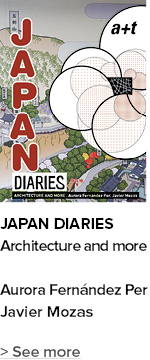




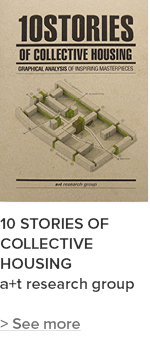

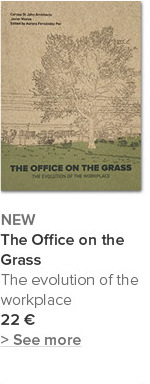

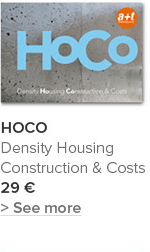

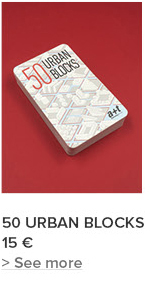
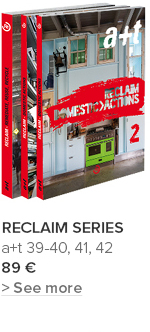

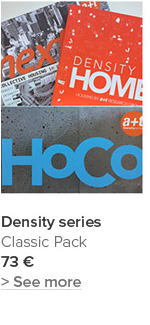










 I've read and agree to
I've read and agree to 


